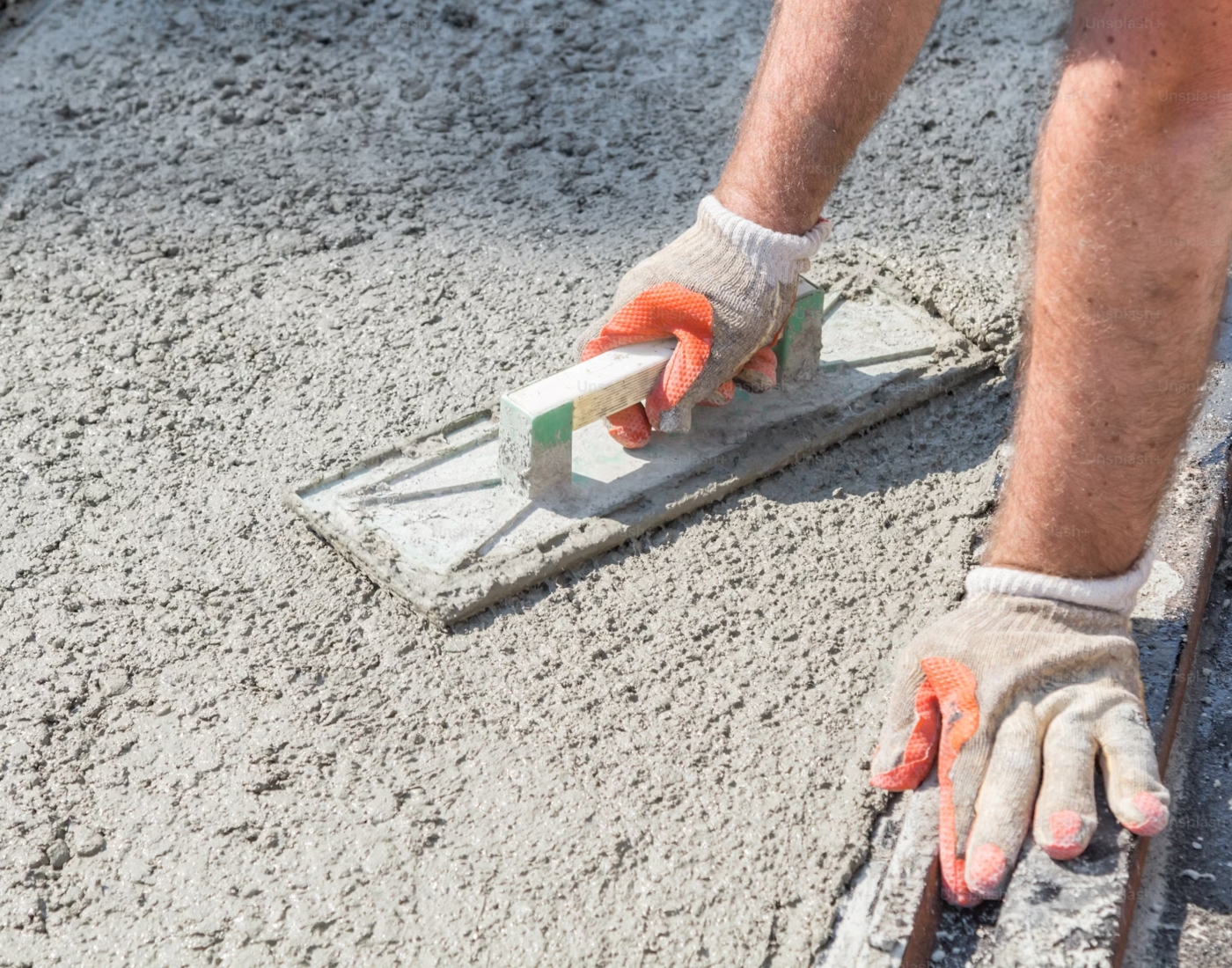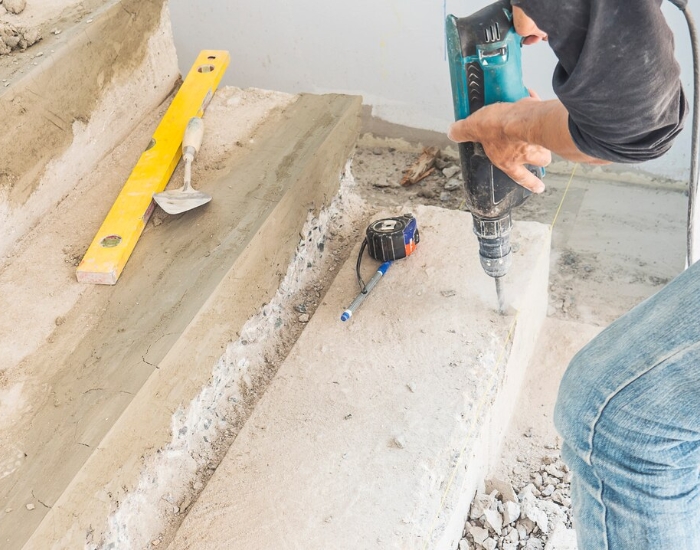
Concrete is used in a diverse range of tunnelling projects, due to its combination of versatility and strength. However, this flexibility also makes thorough and accurate testing crucial to avoid potentially disastrous failures. Modern technology is now making testing more efficient and reliable, increasing productivity and reducing costs.
Tunnelling projects require building material that are strong and durable withstand often high pressure and extreme mechanical stresses and that are also flexible enough to allow components to be built and assembled in-situ. Concrete is ideal as it can meet both these requirements and as a result is used for tunnelling projects around the world. As well as fresh concrete being readily available on-site, component parts can also be produced locally to the exact specification and quantities required to ensure that tunnelling work continues efficiently and safely.

This flexibility can, however, create problems as the raw materials of cement, aggregate and water used for making up concrete are difficult to regulate, while the methods used for mixing can result in finished products having potentially widely varying properties from batch to batch or from supplier to supplier. In critical applications such as construction and tunnelling the ability to maintain a consistent and high quality standard of both fresh concrete for pouring and spraying (shotcrete), and pre-cast components such as liners and lintels is of utmost importance.
The implications for inadequate quality control are considerable. As well as the obvious threat to the safety of workers and users if tunnel components fail and lead to a collapse, there are possible commercial and legal implications, with the potential costs of court action, compensation and repairs, plus the considerable risk of bad press. Less immediately damaging, but just as serious, is the threat of premature deterioration due to incorrect formulation or inconsistencies in mixing.
Sample testing of concrete is an essential part of all construction projects and tunnelling is no exception. Indeed, when the relatively low cost of testing is weighed against the total cost of a tunnelling project as a whole, and these potentially unforeseen expenses are taken into account, it makes very little sense to proceed with construction without effective and accurate testing methods in place.
There are a number of test methods and tools for proving the quality of concrete and although many of these techniques have been in existence for some time the introduction of new technology is now making a considerable difference to the speed, accuracy and consistency of the processes involved

Fresh concrete should be regularly tested to assess the suitability of the mix to the specific application, and to ensure that the concrete used is of a consistent standard throughout the duration of each contract. Three standard test methods available for fresh concrete at different levels of workability are the slump test, the flow table test, and the Vebe consistometer test.
The slump test measures the consistency of freshly mixed concrete, it is the most widely used test for assessing the workability of concrete of normal consistency. It is, however, only an indication not a measure of workability. The method involves filling a conical mould with a sample of the wet concrete mix, compacting the sample and then lifting the cone. The slump is calculated by the difference in height of the mass before and after the cone has been removed.
The flow table test is used where high workability mixes are specified (slump of 180mm plus).
The equipment consists of flow table that is dropped through a known height and a conical mould similar to a slump cone. The test method determines the flow index of the concrete.
The third test for fresh concrete is the Vebe consistometer test, and is generally used with particularly stiff mixes. This test begins with the slump test as above, in which the result will be virtually zero, but with the sample then being subjected to vibration in a cylinder, with the time taken for the sample to mould itself to the cylinder being measured. A longer time in seconds, measured as Vebe degrees, indicates lower workability.

As well as testing fresh concrete, to assess the suitability and consistency of the mix, hardened concrete should also be tested in the laboratory and on-site to ensure that the component parts to be used, tunnel linings and lintels for example, have the correct properties, and that concrete already in use has retained its desired properties.
The advantage to specifiers of plant-produced concrete products lies primarily in the consistency of quality in the manufacturing process. Precast components are manufactured under controlled conditions, offering product quality with consistency and precision.
Samples can be taken from site, cured and tested under controlled conditions. Compressive testing in this way can help engineers to assess the strength of the concrete, its performance under actual loading as opposed to the design loading, and if any deterioration has occurred, for example from chemical action, weathering, fatigue or excessive loading. The latest generation of testing equipment used to measure this combines improved design with digital and microprocessor technology to provide highly accurate results.
Microprocessor control is invaluable in today’s compression testing equipment. It significantly increases productivity, with high levels of accuracy and consistency of testing cycles.
A typical compression testing machine combines this technology with a load frame, ram, platens to hold the sample securely in place, and a hydraulic power unit to provide the required pressure. Operators have access to a simple control panel for calibration, sample selection, test control, and to save or print data. A range of testing machines is available to accommodate different sized samples, designed for different frequencies of use, and with varying levels of data handling.
For high throughput testing, on site and in the laboratory, advanced microprocessor controlled units such as ELE’s ADR Auto range can be used to meet current EN standards and provide fast, accurate and detailed results recording and analysis. These machines are fully automatic and require minimal operator involvement, improving productivity and reducing costs.
With tunnelling projects becoming ever more ambitious, as the technology and expertise available to engineers increases, it is becoming more and more important that thorough testing of concrete is carried out before, during and after construction. With the latest generation of testing equipment offering advanced features, with greater accuracy and functionality, testing can now be carried out quickly and simply, giving both on-site and laboratory engineers the data they require to improve the efficiency of projects still further.
For further information contact us at Tel: +44 (0) 20 7193 6027 Email: ele@eleint.co.uk.
